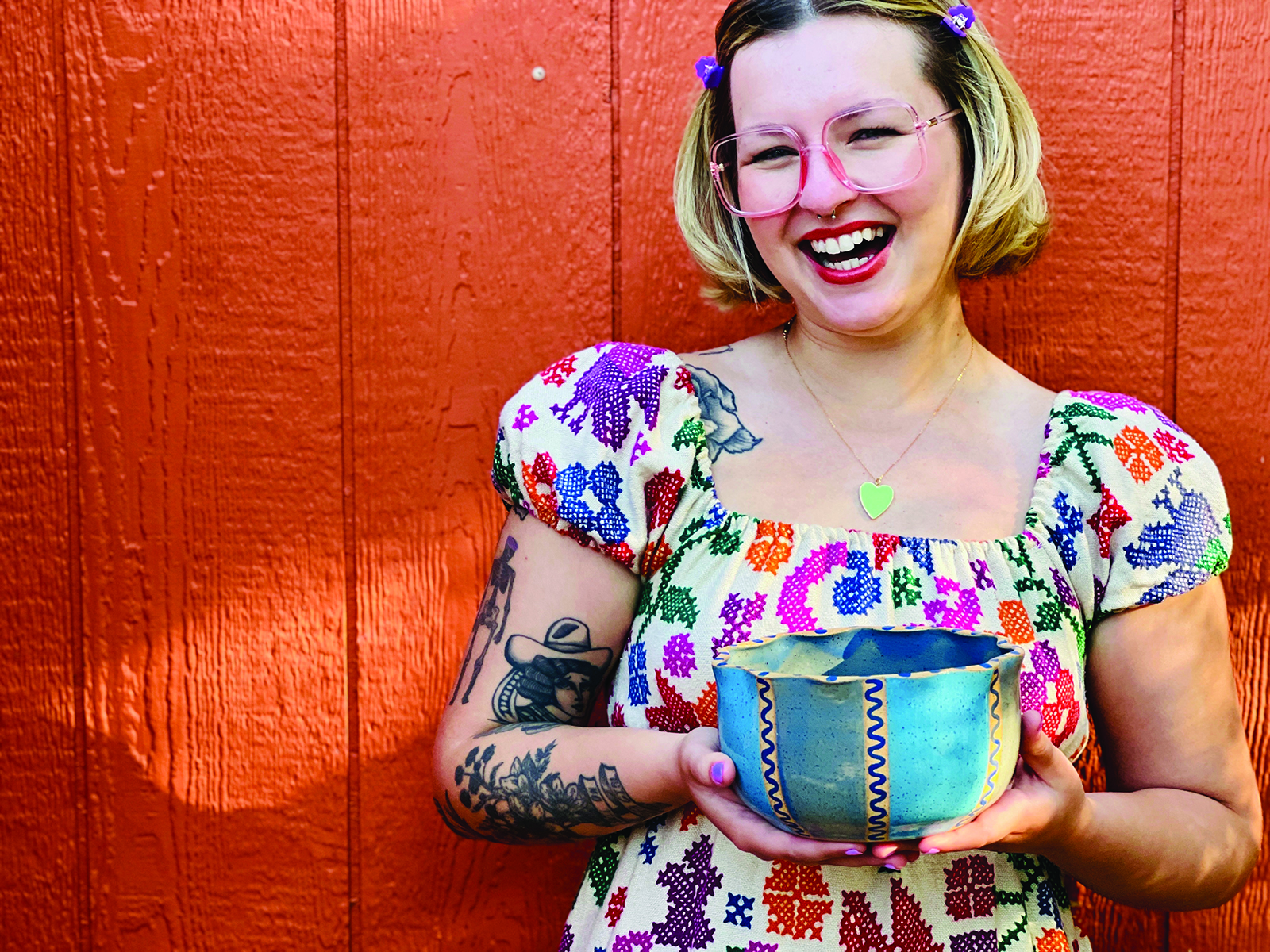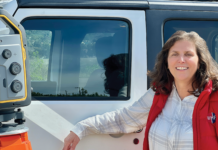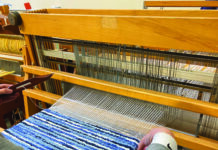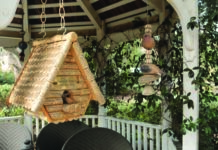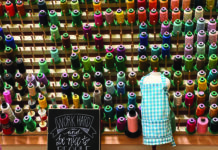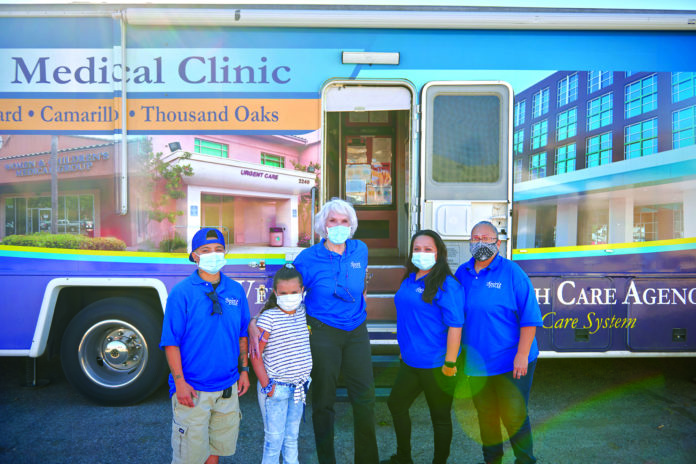By Mike Nelson
At the Wilson family farm in Rochester, New Hampshire, 9-year-old Kay, one of six children, watches her mother feed, for the umpteenth time, “hobos,” men hungry and without homes.
As they sit on the back step of the farm house, enjoying plates of franks and beans and maybe a slice of bread, Kay studies them, unafraid but puzzled. These look like decent people; how, she wonders, could they have no place to call home?
Fast forward to Christmas Eve 2008, and Kay Wilson-Bolton — now a successful real estate agent based in Santa Paula, and a fire department chaplain — gets a call regarding a homeless man who has died inside of a local church.
And again, she wonders: How could this happen in our town, that someone whose family lives here could become so sick as to die in a church?
That was the impetus for a new, potentially pitfall-laden but socially-necessary direction for Spirit of Santa Paula (SSP), a non-profit outreach agency founded by several Santa Paula citizens in 2002 to do “good things” for the local community.
Since 2009, SSP has been not simply a haven for local homeless, but a dynamic force for change in the face of a society that too often has closed its eyes to a problem that never seems to go away. SSP serves its homeless, hungry and lonely clients nutritious hot meals, offers them rental assistance and utility payments, advocates for them in Homeless Court, and counsels them on how to become contributors to their community.
“We try to give them hope, a touch of grace and humanity and mercy,” says Wilson-Bolton, SSP’s director, whose kind face mirrors the compassion that those in need have come to rely on when they come for help.
“Maybe they need new glasses or co-payment for a prescription,” she continues, “or food to get them by, or a bed for an aging parent, or warm clean clothes, or a bus ticket to the doctor. We build their self-confidence so they know that when they walk through our door, someone will be glad to see them. My goal is for us to be that warm fire that people are drawn to.”
New facility
Since late last year, SSP’s services are administered from an $850,000 former nightclub on East Harvard Street in Santa Paula, purchased and donated by benefactor Naomi Pitcairn, to use as a homeless shelter. The facility — taking the place of SSP’s previous facility in the downtown area — also includes “Naomi’s Kitchen,” from where meals and food packages for those in need are prepared and served.
A capital campaign is underway to help finance renovations and additions to the building that would also expand administrative space and provide additional services to the community. That word — “community” — is the touchstone which has long motivated SSP’s mission.
“When you help those who need it most, it benefits everyone,” says Bill Simmons, one of SSP’s co-founders and now an advisory board member. “Because we’re all in it together. And as much as technology has become part of our lives, I firmly believe the future of our society will be community, neighbors helping neighbors, people staying connected through the power of networks and collaboration.”
That perspective is shared by those who have joined SSP’s outreach efforts.
“It’s incredibly important what Spirit of Santa Paula does, because there are so few resources in what is an underserved community,” says Ned Branch, director of Santa Paula’s Blanchard Community Library, who Wilson-Bolton invited to join SSP’s board last year.
“You have homeless folks and poor people in your city wondering where their next meal is coming from. If not from us, then who? Where do you send these folks? The homeless are kind of an invisible community, and few people appreciate the magnitude of the problem, especially those in the more affluent parts of town who don’t encounter the homeless. But Kay has done a great deal to raise awareness of the problem.”
Growing problem
If anything, homelessness has become a greater challenge in recent years, according to the Ventura County Continuum of Care, which annually measures the homeless situation. In 2020, 1,749 individuals were counted as homeless county-wide, the third straight year of increase, up 4.4 percent from 2019 and 51 percent from 2017.
The homeless count in Santa Paula declined slightly, to 95 in 2020 from 106 in 2019, but still nearly triple that of 2017. Fillmore, also served by SSP, counted 10 homeless in 202, versus none in 2017.
Regardless of count, however, the need to serve the homeless has always been present, a reality to which Wilson-Bolton admits she — like most in her community — was oblivious, until that Christmas Eve 2008.
“That,” says Wilson-Bolton, “was our call to action.”
A month later, SSP started serving hot meals to the community from a local church. “We were not sure if anyone would come,” she smiles, “but 47 people did. And with the economy in bad shape then, that number grew as the face of homelessness changed.”
Homelessness is caused by a variety of factors — economic calamities, family problems, drug use. “In order to serve this population, we had to become educated on who they were, and on what services to them were already available,” she says.
For a while, SSP had operated homeless shelters at local churches, with clients sleeping on the floor. Admittedly, some clients’ behavior was “outrageous” or “disruptive,” causing Wilson-Bolton — her kind face notwithstanding — to adopt a hard line when necessary.
“There are rules we set down,” she says firmly. “And if our clients break them, we ask them to leave.”
Community engagement
The purchase and gift of the Harvard Street facility was one step toward improving SSP’s services. But long before that, SSP had brought in community leaders to address particular needs.
Among them was Vern Alstot, retired Ventura fire chief and a 38-year public safety agency veteran, who with business partner George Magaña had founded CarePodz, a company that built shower units out of storage containers.
Located just a few blocks from SSP’s Harvard Street shelter, CarePodz supplies shower/hygiene units with wheelchair capability to SSP that accommodate up to seven at a time, serving the homeless at a fraction of the cost. The company has also installed a “COVID containment pod” for SSP.
“It’s a way to give someone light back in their eyes,” says Alstot. “Who doesn’t need a pillow, a room, a shower, a home? If you’re upset because you can’t keep your pillow straight on your bed, think about the person with no pillow or bed at all.”
“When I was in law enforcement,” he continues, “all I saw was the hard side of the homeless population. Now, having seen many of these folks who are in this situation, often through no fault of their own, who are really trying to improve their lives, it’s changed my heart.”
SSP’s work has also helped change the hearts of the local community, says interior designer Susan Kulwiec, who with her architect-husband John helped launch SSP almost two decades ago and, though “retired,” continue to use their skills in service of the organization’s needs.
“Now that the homeless are being helped and have a safe place to go, it’s miraculous to see the change in attitudes toward the homeless,” says Kulwiec, who also does grant-writing and works with a growing number of community donors. “Because there was a time when some in the community, especially in downtown, weren’t as supportive of our work.
“But more important is that we are reaffirming the homeless as human beings worthy of respect and dignity. And that’s hard to do until you meet them and learn who they are. Getting to know the homeless people is a gift, because most of them are kind, good people. They are like family.”
That speaks to SSP’s Christian-based values, but Wilson-Bolton says any evangelization that takes place from their outreach is merely a by-product, not a goal.
“Ours is a service that needs to be done,” she says. “If people see a light in us, if we reflect God’s glory and his love for them, so be it. But our goal is to help lift these people up, give them a way to rebuild their lives — lift, launch and flourish.”
And that sometimes has caused friction within the community.
“Over the years,” she says, “we’ve been criticized a lot by people who complain, ‘Why waste your time with all those drug addicts?’ Well, unless you know a person’s whole story, you can’t comment on it. You don’t know why they’re in that situation. I hardly know anyone who doesn’t know something about drug addiction or homelessness because it’s impacted their family, friends, neighbors, the whole community. And as a community, we have a choice: We either write them off or we treat them appropriately.”
Going forward, SSP’s needs remain plentiful. A $425,000 capital campaign to improve its facility is underway; donations of food, clothing and hygienic supplies are welcomed.
And donations of time are in need from volunteers with “hearts of compassion, gentleness and patience,” says Wilson-Bolton, who can offer services — from teaching and training life skills to driving clients to medical appointments.
“We need to love and stabilize our homeless, then train and mentor them so they can get their GED, their driver’s license, whatever will elevate them so that they can envision taking care of themselves, rather than being satisfied with others taking care of them.”
“This is the most vulnerable and least powerful segment of our community,” Wilson-Bolton states. “They also have a right to flourish.”








